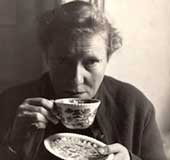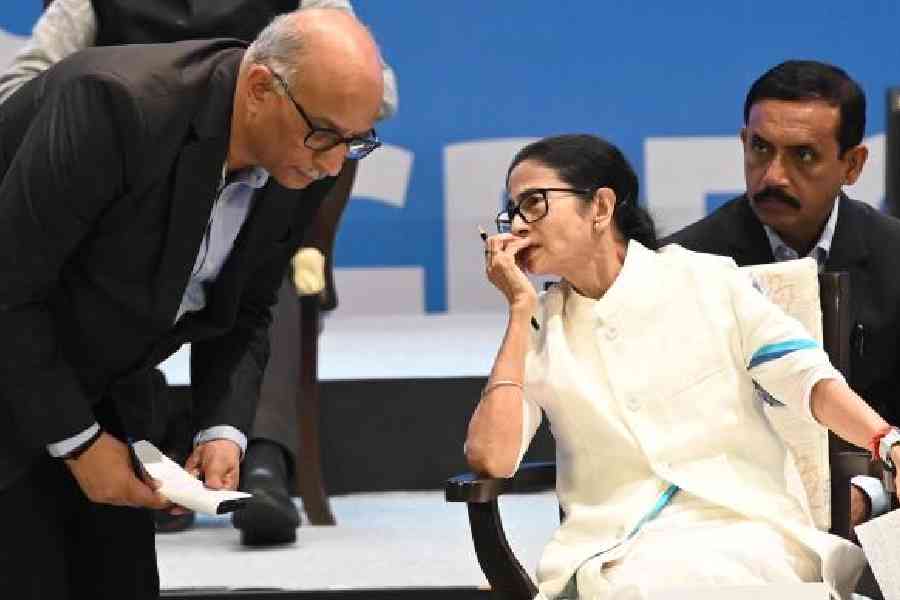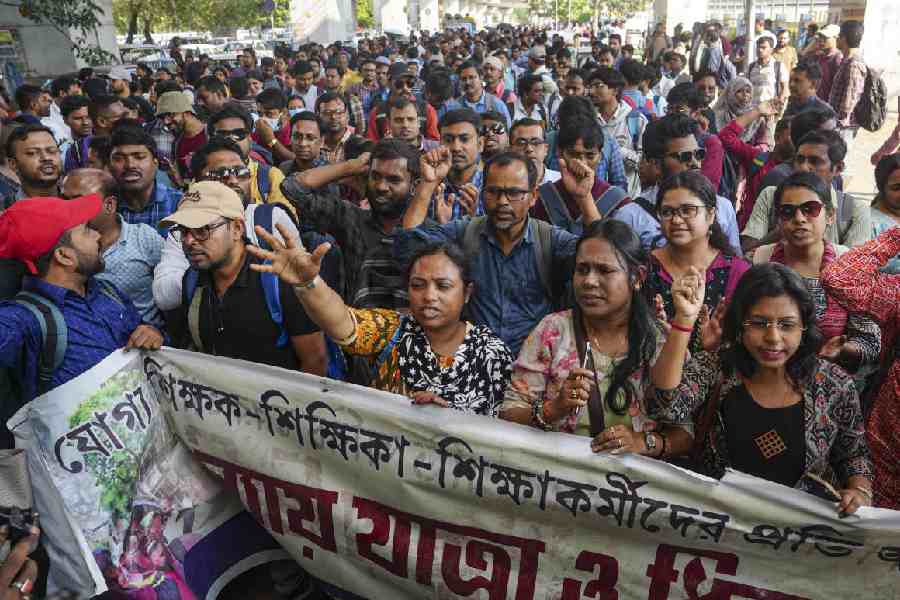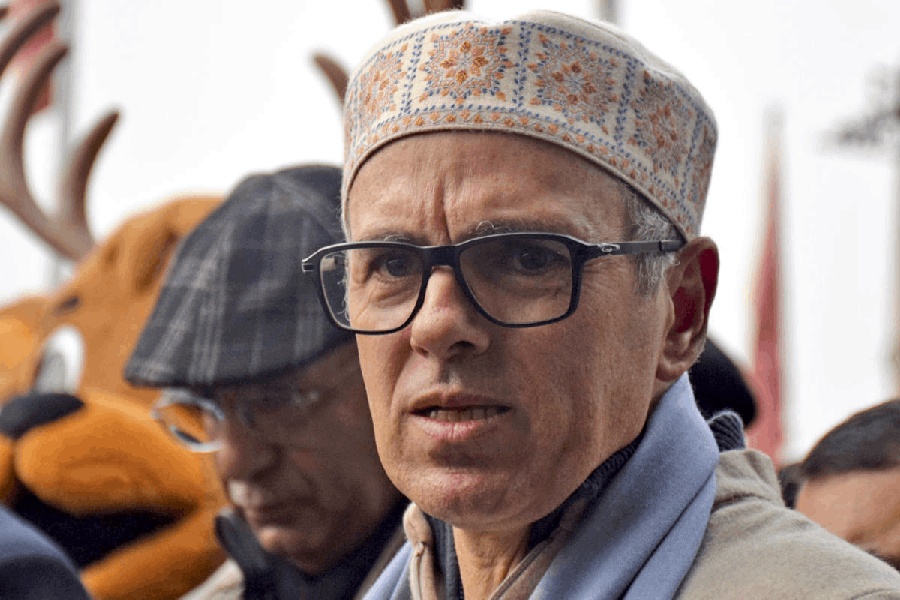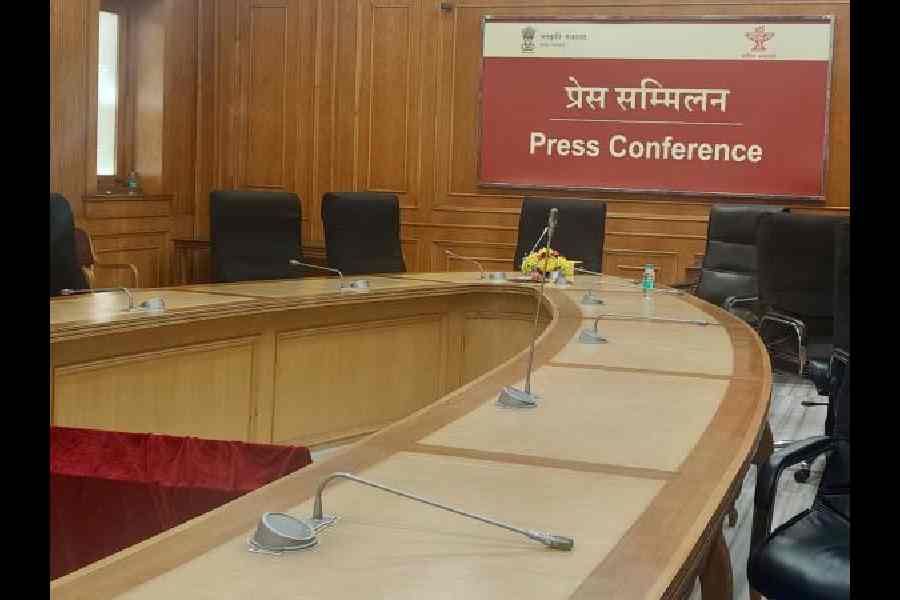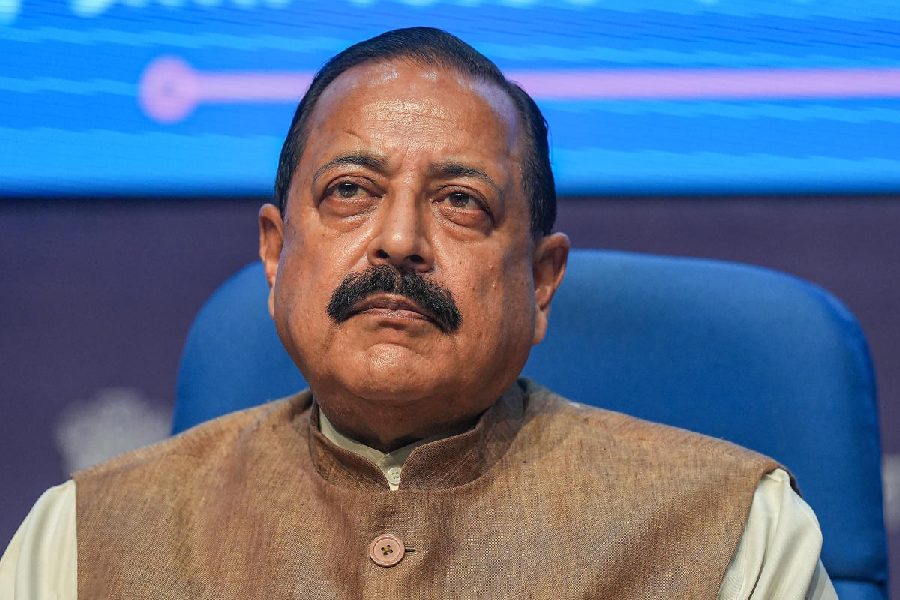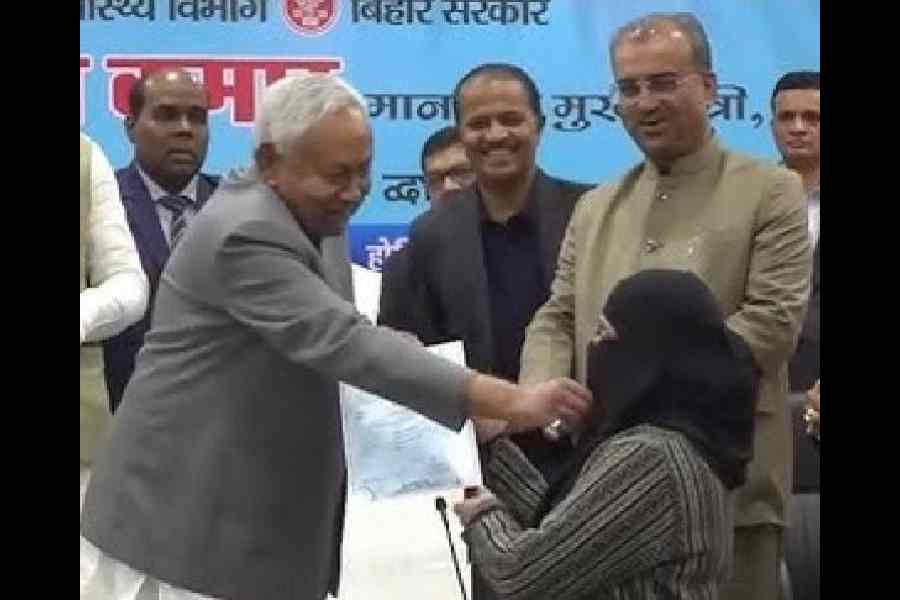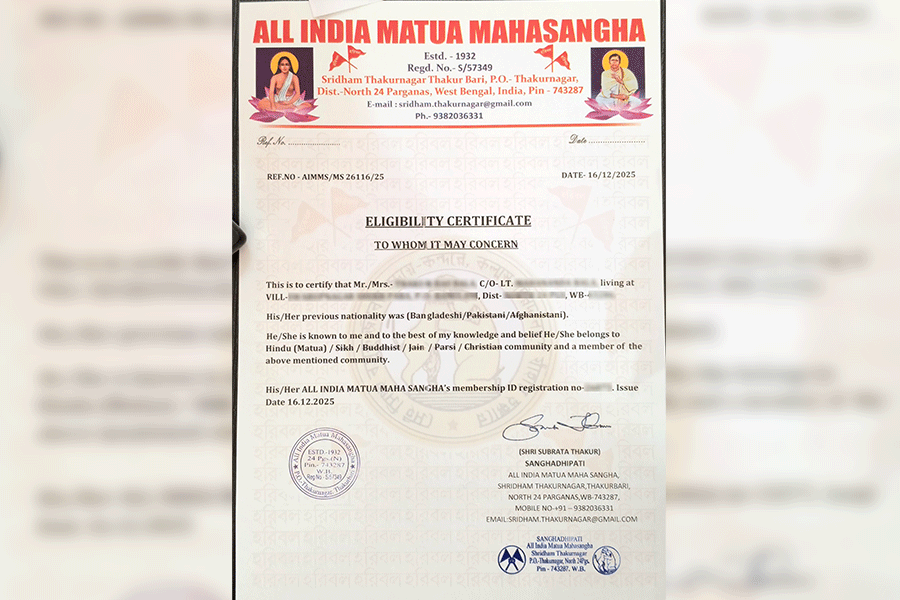|
|
| Poor experience |
Many regard ?competition? and ?globalization? as essential for removing poverty through rapid economic growth. The communists are against both, not because they are poorly implemented, but because they want to protect constituencies among the industrial working class.
But achieving the effects of competition in improving efficiency, productivity, quality, prices and supply requires a coordinated and consistent enabling environment. There is euphoria that competition has achieved these effects in some sectors: like durable consumer products and telecommunications. In others, the necessary conditions that will make competition work to deliver the desired benefits have not been identified and do not exist. In some, there is no neutral regulator. In a few key sectors, there is demand for allowing competition to determine prices, though the user industry has regulated and capped prices.
Independent regulators or governments or the courts have to ensure that competition exists in fact and not only in rhetoric. They must adjudicate on disputes about anti-competitive behaviour, ensure that market conditions are as fair as possible, that ample information is available to all and generally try for a market that is level for all.
But there has been no inquiry into the takeover of the Shaw Wallace liquor holdings by United Breweries, creating the largest alcoholic beverages producer in India and the second largest by volume in the world. There is no body to examine the effects on competition and the consumer of this takeover.
A study in the Economic and Political Weekly (July 16) answers the question, ?Does competition among banks favour customers on interest rates?? by saying that it has not led to any reasonableness in banks? behaviour in setting interest rates. It calls for greater intervention by the regulator, namely the Reserve Bank of India.
Hence not only must there be a regulatory agency but it must be functional, transparent, objective, expert, willing to listen to all and to take difficult decisions. This has not been so with many. It will not be so unless the selection process for members of these agencies is truly independent. Further, having created the regulatory agency, it must ensure that there is true competition. This requires the development of related areas to the one being regulated.
Take the example of air travel. The present civil aviation minister is a successful businessperson and means well. He has introduced an ?open skies? policy to allow foreign airlines relatively free entry to Indian airports. He has allowed the easy and quick entry of new carriers on domestic routes. This proliferation of airlines has led to a boom in air travel. Overseas travel has never been cheaper. In domestic air travel there is a variety of fare packages, some of which match second-class rail travel. Thus two essential conditions for competition, namely freedom of entry and declining tariffs, have been met.
The largest domestic carrying capacity remains with the state-owned Indian Airlines. However, it has lost its number one ranking in the market to the new entrant, Jet Airways. IAC?s on-time performance is poor, its baggage handling is shoddy, its customer handling on the ground and in the air is careless, slow and inefficient. Its aircraft cabins are dirty and ill-kept. But due to past monopoly its domestic terminals in Mumbai, Delhi or Bangalore have spacious check-in facilities and excellent business class lounges. They are grossly under-utilized while the areas where the private airlines have their counters are overcrowded with passengers. An essential part of the experience of air travel is the quality of ground handling and the facilities for it. These are poor in relation to the growth of air traffic.
Tarmacs are littered with traffic from passenger buses, baggage handling carriages, food carriers and many others. Few airports have aerobridges. Except in Chennai, the airports that do have them either do not have enough, or have many non-functional ones because of poor maintenance. Most passengers have to be bussed to and from planes. The tarmac traffic is so heavy that it leads to accidents and delays.
Traffic congestion is worse in the air. Almost every flight spends extra time on the ground, awaiting clearance for takeoff. In the air, especially in Delhi and Mumbai, planes circling for half an hour or more, waiting for landing slots, are a common happening. Yet Indian airport fees paid by airlines are among the highest. The airports handle far less aircraft than in other countries. Further, the air traffic control in our airports is poorly equipped and under-staffed. It is a matter of time before there is a major accident. The air passenger expects safe, efficient, comfortable travel. He is not getting it. This will only get worse.
Thus, competition has increased the supply of air passenger seats, brought down airfares and increased air travel. There is also extreme inconvenience for passengers, poor service and the possibility of accidents. Should so many aircraft have been allowed to use Indian airports without first setting the airport facilities right? Who is responsible for this uncoordinated competition?
The same can be said about the growth in automotive ownership and consequent increase in traffic on the roads. Every city in India is choking with two wheelers, cars, buses, trucks and slower vehicles. Pollution is at alarming levels. So is the incidence of accidents, road rage because of the hold-ups and the lack of parking facilities. Cities are unable to provide for the majority who are poor and without personal transport. For them, commuting has become a nightmare. It is not much better for the affluent car owner. He is spending much money for a poor experience.
More vehicles on roads should have been preceded or at least accompanied by wider roads, more parking, more public transport, fuel changes to limit pollution and road use charges to match traffic to road and parking space available. Competition has only improved the availability of personal transport and the loan funds to buy them. It is accompanied by great inconvenience for the poor and even for owners of personal transport. Should this unrestricted growth of personal transport without improving roads, parking, public transport, mass rail transit, fuels and traffic policing have been allowed? Who is to regulate it in a coordinated way?
Pricing of gas is left to so-called ?market? forces, but in reality is determined by the government. The main users of gas are power and fertilizers. The other uses, for transportation and domestic purposes, have yet to develop. User prices of power and fertilizers are regulated since many consumers are subsidized, with some of the subsidy being charged as cross-subsidy to better-off consumers. The ?free? pricing of gas puts pressure on power and fertilizers industries whose prices are capped.
In addition, there is a large state-owned gas sector. Its prices are kept lower than those of the private sector. An independent gas regulator with powers to regulate tariffs could control these anomalies. But the government wants to take tariff decisions without transparent consultations with all concerned parties. This makes a mockery of the concept of markets and competitively determined prices. You cannot have ?competitively? determined market prices for gas and regulated prices for power and fertilizer.
The Competition Commission of India is still not functional because of the desire of bureaucrats to hog such new post-retirement jobs. Meanwhile the Monopolies and Restrictive Trade Practices Commission has been dormant. It is a chaotic situation for true competition. There are either no regulators or they are weak and inexpert; takeovers and acquisitions are unconstrained; there is unrestricted entry in many sectors without the accompanying infrastructure; there is no relation between user charges and input prices.
In the name of markets and competition we are perverting competition.

